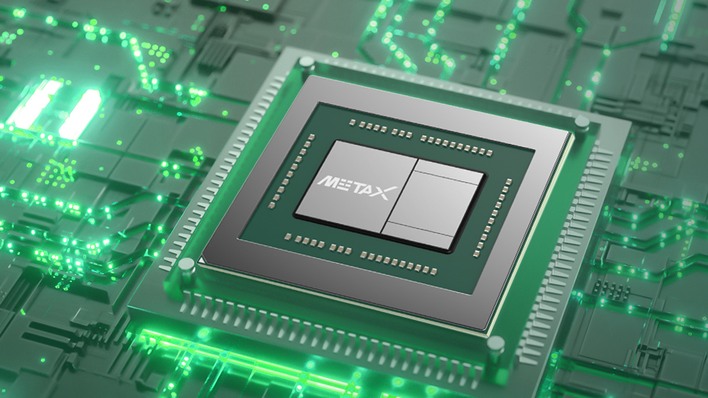China Could Release Its First Dedicated Gaming GPU in 2025 But Will It Be Competitive?

MetaX Tech already has two products on the way: a 7nm parallel processor for AI inferencing taped out earlier this year, and a second chip for more general scientific compute usage is at the final stages of R&D with plans to start production in 2024. Neither of those parts will be useful for gaming, but the company says that they intend to hit performance targets competitive with foreign parts.
Screenshot from MetaX's website. The MXG product page isn't up yet, though.
In an interview with NetEase, MetaX Tech co-founder and CEO Dr. Yang Jian stated that the company's third product would be a fully graphics-capable piece of silicon with gaming chops. That makes sense, peering at the company's website. The three products line up nicely with the three product lines listed on MetaX Tech's site: MXN for neural computing, MXC for high-performance compute, and finally MXG for graphics.
Innosilicon already demonstrated the capability of its "Fantasy" series GPUs to run OpenGL and DirectX applications, but there's a significant difference in what MetaX is trying to do compared to what Innosilicon has done. Where Innosilicon licensed its graphics IP from Imagination Technologies' PowerVR family, MetaX Tech is building fresh from the ground up.

Dr. Yang Jian said that MetaX expects to have its MXG graphics processors ready in 2025, whereupon they'll be fabricated using a domestic 7nm process. It's difficult to imagine MXG being competitive with the latest and greatest from any of the American vendors at that time, but modern GPUs have far outgrown what is truly necessary for playing video games. It's possible that MXG could still be a fine product when it arrives. Only time will tell, we suppose.


